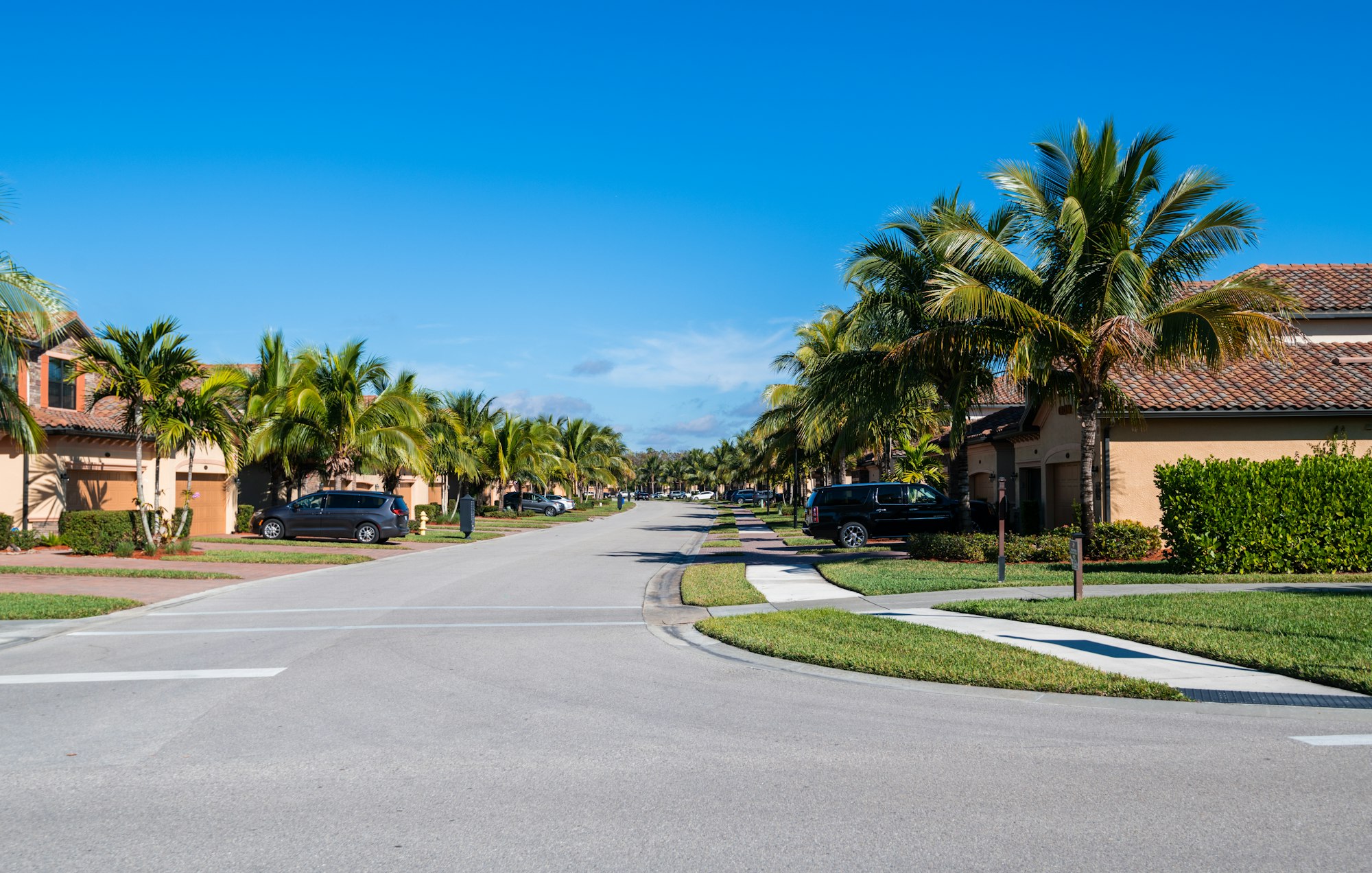Building a strong sense of community in neighborhoods is one of the primary goals of a Homeowners Association (HOA). A well-managed HOA goes beyond mere property maintenance by fostering an environment where neighbors feel connected and supported. Whether moving into a new development or seeking to improve a neighborhood, understanding the role of an HOA in building a sense of community is key to creating a positive living experience.
The Importance of a Community-Oriented HOA
At its core, an HOA’s purpose is to maintain the shared spaces and uphold the rules that keep neighborhoods looking great. But in addition to its functional responsibilities, an HOA can become the heart of the community by organizing events, fostering neighborly interactions, and facilitating communication between residents. A sense of belonging among neighbors encourages a cohesive, friendly, and supportive atmosphere that can transform a neighborhood.
1. Organizing Community Events
One of the most effective ways for an HOA to build a sense of community is by organizing events that bring neighbors together. From seasonal BBQ and holiday parties to more structured events like block parties and volunteer days, these events can take many forms. Planning activities that allow residents to interact with one another in a fun, relaxed setting, helps to foster relationships. In addition, HOAs can arrange activities that appeal to various age groups, ensuring that young families and older residents alike feel included. Among the benefits of community events:
- Encouraging interaction by providing opportunities for neighbors to get to know each other better.
- Reducing isolation through social gatherings designed to help reduce the feeling of isolation, especially for new residents or those who work from home.
- Building trust and forging strong relationships between neighbors build trust, which is essential for a harmonious living environment.
2. Effective Communication Channels
An HOA that encourages open and transparent communication fosters a stronger sense of community. Communication can take many forms, including newsletters, social media groups, email updates, or even a neighborhood app. Having reliable and consistent communication channels allows residents to remain in the loop with neighborhood news and provides an opportunity for everyone to voice concerns, share ideas, or participate in decision-making processes. Consider the following communication strategies:
- Regular newsletters keep everyone updated on community news, upcoming events, and important neighborhood issues.
- Digital platforms, such as social media or neighborhood apps, make it easy for residents to connect, share recommendations, and stay in touch.
- Hosting regular HOA meetings allows residents to engage in discussions and increases transparency around HOA decisions.
3. Encouraging Resident Involvement
Promoting resident involvement helps build a sense of ownership and pride in the community. When residents recognize their role in how their neighborhood is managed and maintained, they are more likely to actively contribute to its success. HOAs can form committees for different aspects of neighborhood life, such as safety, landscaping, or social activities. By giving residents a chance to participate in these committees, the HOA empowers them to take an active role in shaping their environment. Here are some ways to encourage involvement:
- Encourage residents to volunteer for community projects like neighborhood clean-ups or tree-planting events.
- Conducting surveys or polls allows residents to share their opinions on important decisions, making them feel valued.
- Recognize and celebrate the efforts of individuals who go above and beyond to contribute to the neighborhood.
4. Maintaining Common Spaces
One practical way for an HOA to cultivate a sense of community is by maintaining and improving shared spaces. Well-kept parks, playgrounds, and recreational areas provide spaces where neighbors can gather socially. HOAs should prioritize the upkeep of these spaces and consider adding amenities such as community gardens or dog parks, which further encourage socialization and create opportunities for shared experiences. Common spaces not only promote social interaction, they also contribute to building community pride through a beautiful, welcoming environment.
- Clean, well-maintained spaces invite residents to spend more time outdoors, leading to increased opportunities for interaction.
- Beautiful common areas contribute to the overall aesthetic appeal of the neighborhood, making it more inviting.
- Well-maintained amenities reflect positively on the neighborhood and instill pride in residents.
5. Creating a Welcoming Culture for New Residents
First impressions matter, and an HOA can play a vital role in ensuring that new residents feel welcome from the moment they move in. HOAs can create welcome packages for new residents, which might include important information about neighborhood rules, local businesses, and upcoming events.
Organizing a “welcome committee” is another great way to help new neighbors settle in by introducing them to other residents and making them feel part of the community right away. New resident initiatives can take many forms, from welcome packets to orientation events.
- Include helpful resources and community information to make the transition smoother.
- Arrange introductions for new residents to meet their neighbors, making them feel at home.
- Host occasional orientations or meet-and-greet events for new residents to learn about the neighborhood and meet their HOA board members.
Building Community in Neighborhoods
When an HOA takes the time to foster a sense of community in the neighborhood, they encourage an environment where people feel connected, supported, and proud to live. By organizing events, promoting communication, encouraging involvement, maintaining shared spaces, and welcoming new residents, an HOA can significantly contribute to the social fabric of the neighborhood. Ultimately, these efforts help to build lasting relationships among neighbors, making the community a better place to live for everyone.







